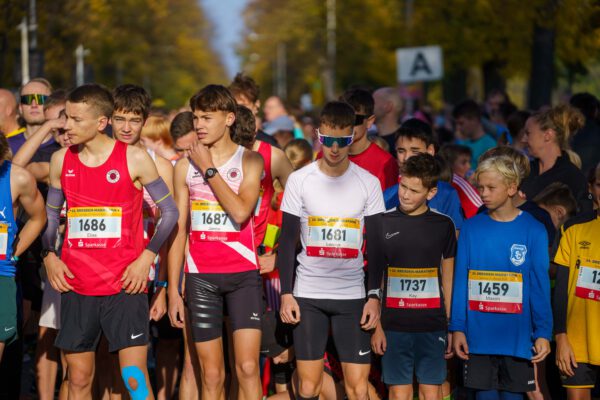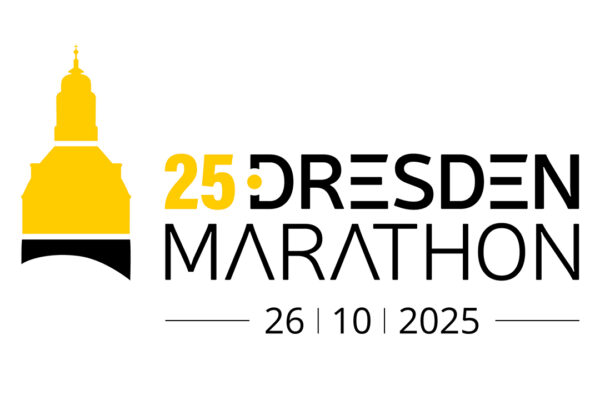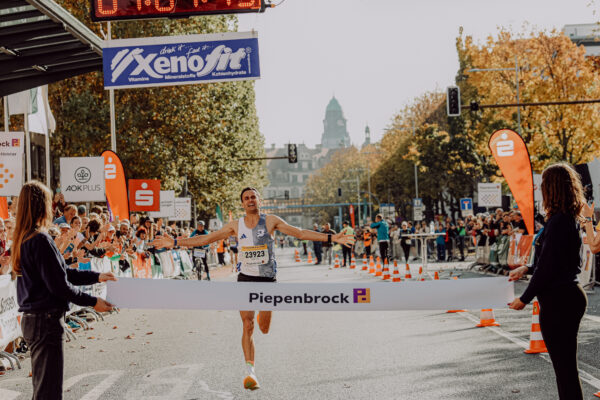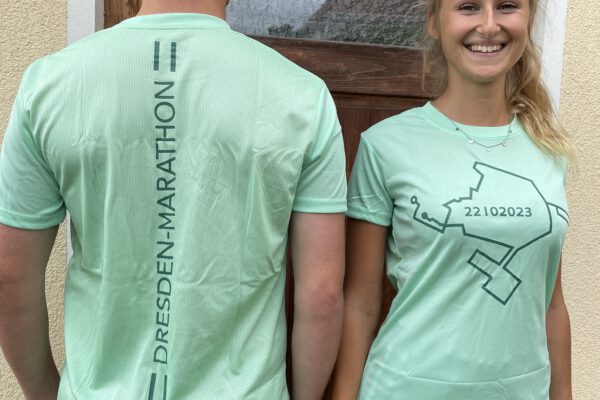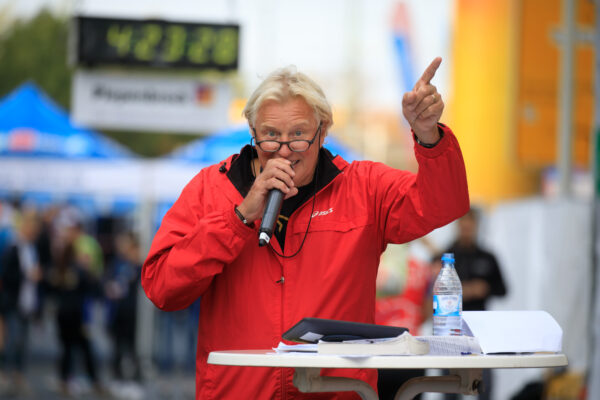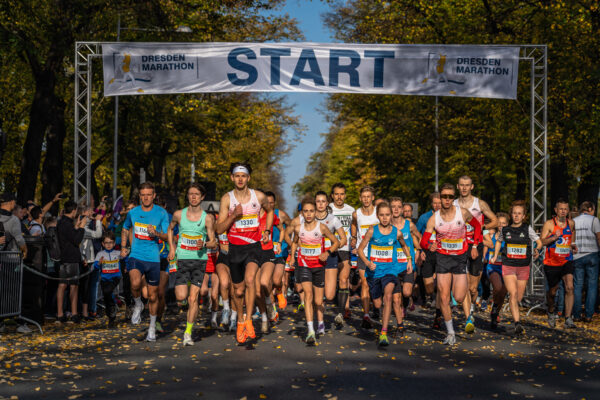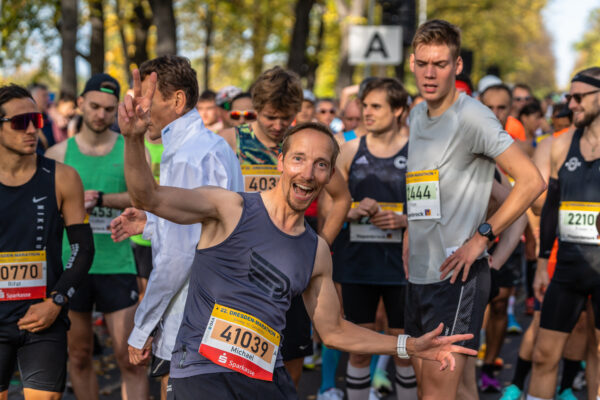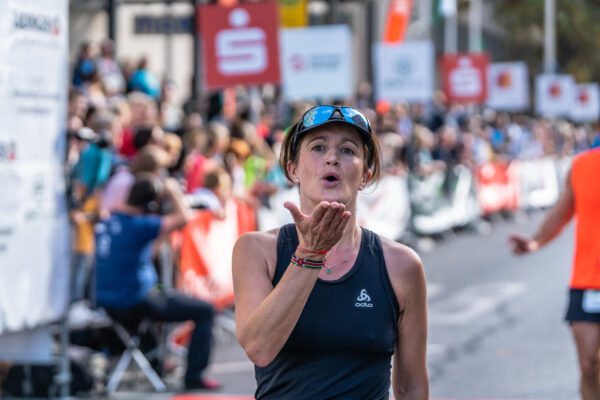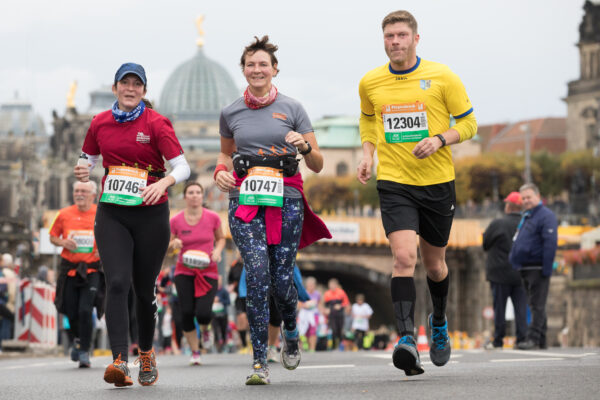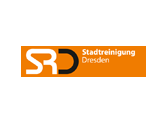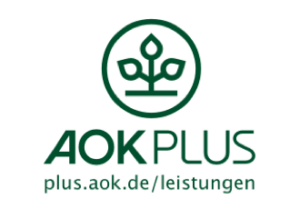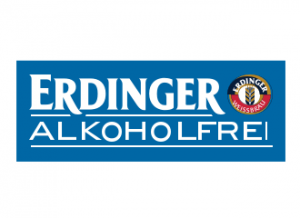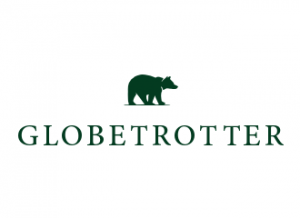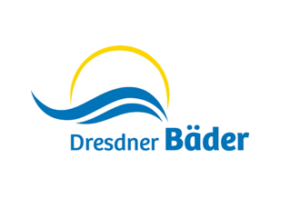
- Welcome
- About Dresden
About Dresden
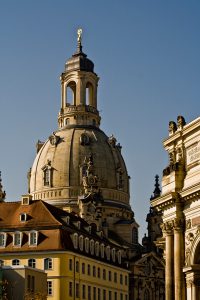 Dresden surprises visitors with fanciful Baroque architecture in a delightful-to-stroll cityscape, a dynamic history that mingles tragedy with inspiration, and some of the best museum-going in Germany.
Dresden surprises visitors with fanciful Baroque architecture in a delightful-to-stroll cityscape, a dynamic history that mingles tragedy with inspiration, and some of the best museum-going in Germany.
The Wettin’s most impressive art collections are in the Saxon capital. The largest museum is the “Albertinum” on Brühl’s Terrace. The Green Vault shows unique treasures of goldsmithing and is considered the largest treasure trove in Europe.
In the Sempergalerie in the Zwinger, which is one of the most famous collections of paintings in the world, you can see unique works by the Old Masters, such as the “Sistine Madonna” by Raphael or the “Hercules” by Rubens, the “Saskia” by Rembrandt, “Adam and Eve” by Cranach and not to forget the unique city vedute by Bernardo Belotto, called Cannaletto.
Rising above the cityscape is the handbell-shaped dome of the Frauenkirche (Church of our Lady), the symbol and soul of the city. When completed in 1743, this was Germany´s tallest Protestant church (310 feet high). After the war, the Frauenkirche was left a pile of rubble and turned into a peace monument. Only after reunification was the decision made to rebuild it, completely and painstalkingly. It reopened to the public in 2005.
The Outer Neustadt is one of the largest and best preserved Gründerzeit-style quarter districts in Europe. Particularly worth seeing: the Art Courtyard Passage between Görlitzer and Alaunstrasse with interesting architecture, restaurants and handicraft shops.
For those interested in culture, the Semperoper is of course the first priority. Information, schedules and ticket orders at www.dresden.de/en/tourism/attractions/sights/old_town/semper-opera-house.php
As a marathon supporting program, a trip to Meißen, Pillnitz, Moritzburg, Saxon Switzerland or a visit to the Great Garden is recommended in addition to visits to museums and theaters.
Further information at:
Dresden Tourism Schlosserland Sachsen
Heading 5
Anim pariatur cliche reprehenderit, enim eiusmod high life accusamus terry richardson ad squid. 3 wolf moon officia aute, non cupidatat skateboard dolor brunch. Food truck quinoa nesciunt laborum eiusmod. Brunch 3 wolf moon tempor, sunt aliqua put a bird on it squid single-origin coffee nulla assumenda shoreditch et. Nihil anim keffiyeh helvetica, craft beer labore wes anderson cred nesciunt sapiente ea proident.
Heading 5
Anim pariatur cliche reprehenderit, enim eiusmod high life accusamus terry richardson ad squid. 3 wolf moon officia aute, non cupidatat skateboard dolor brunch. Food truck quinoa nesciunt laborum eiusmod. Brunch 3 wolf moon tempor, sunt aliqua put a bird on it squid single-origin coffee nulla assumenda shoreditch et. Nihil anim keffiyeh helvetica, craft beer labore wes anderson cred nesciunt sapiente ea proident.
Heading 5
Anim pariatur cliche reprehenderit, enim eiusmod high life accusamus terry richardson ad squid. 3 wolf moon officia aute, non cupidatat skateboard dolor brunch. Food truck quinoa nesciunt laborum eiusmod. Brunch 3 wolf moon tempor, sunt aliqua put a bird on it squid single-origin coffee nulla assumenda shoreditch et. Nihil anim keffiyeh helvetica, craft beer labore wes anderson cred nesciunt sapiente ea proident. Ad vegan excepteur butcher vice lomo. Leggings occaecat craft beer farm-to-table, raw denim aesthetic synth nesciunt you probably haven't heard of them accusamus labore sustainable VHS.
Recent News
This website uses cookies
We use cookies to analyze our visitor data to improve our website, display personalized content, and provide you with a great website experience. If you do not agree, you can enjoy our website without cookies.Ok, accept all cookiesLoad only necessary cookiesPrivacy Policy




